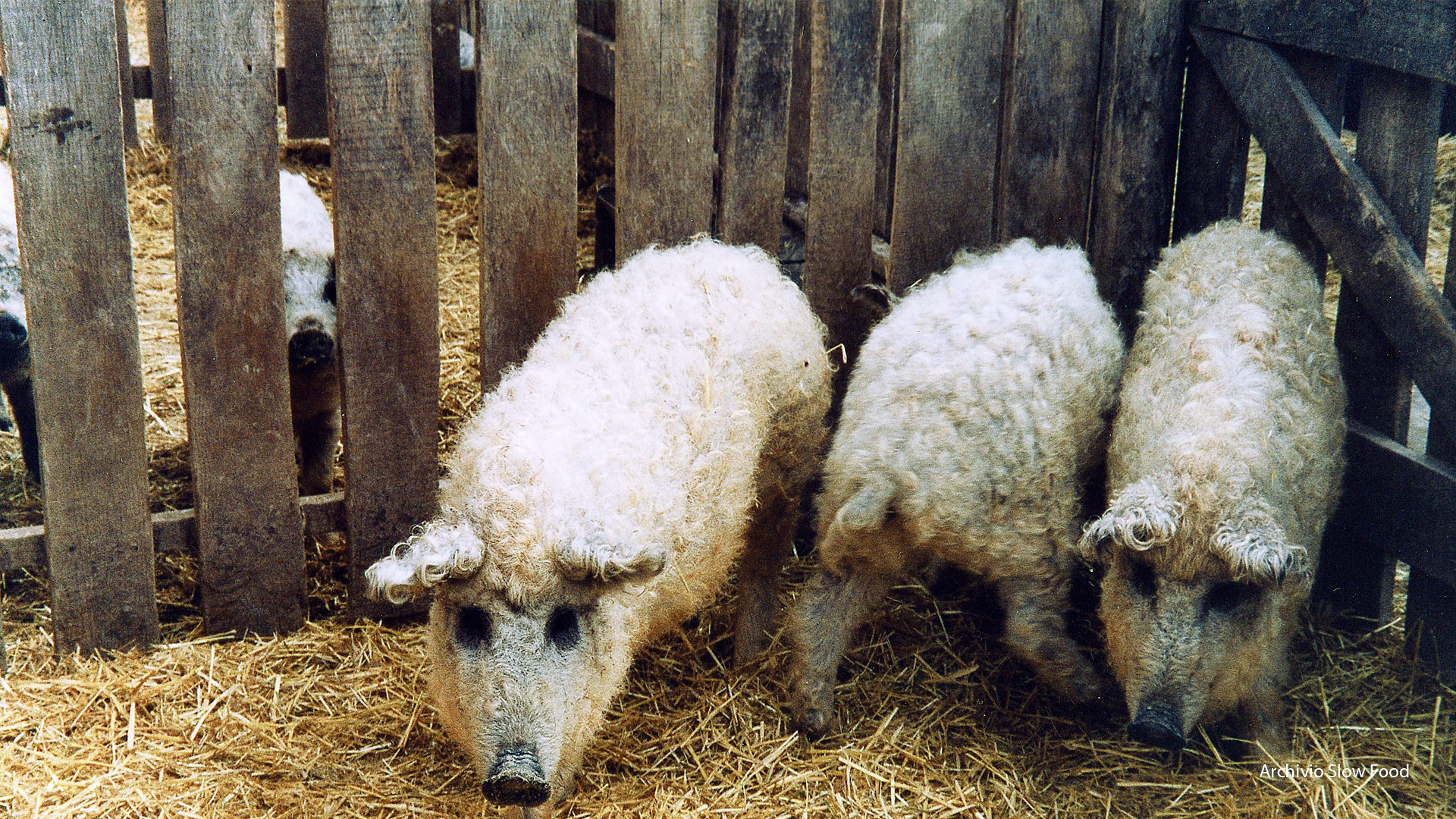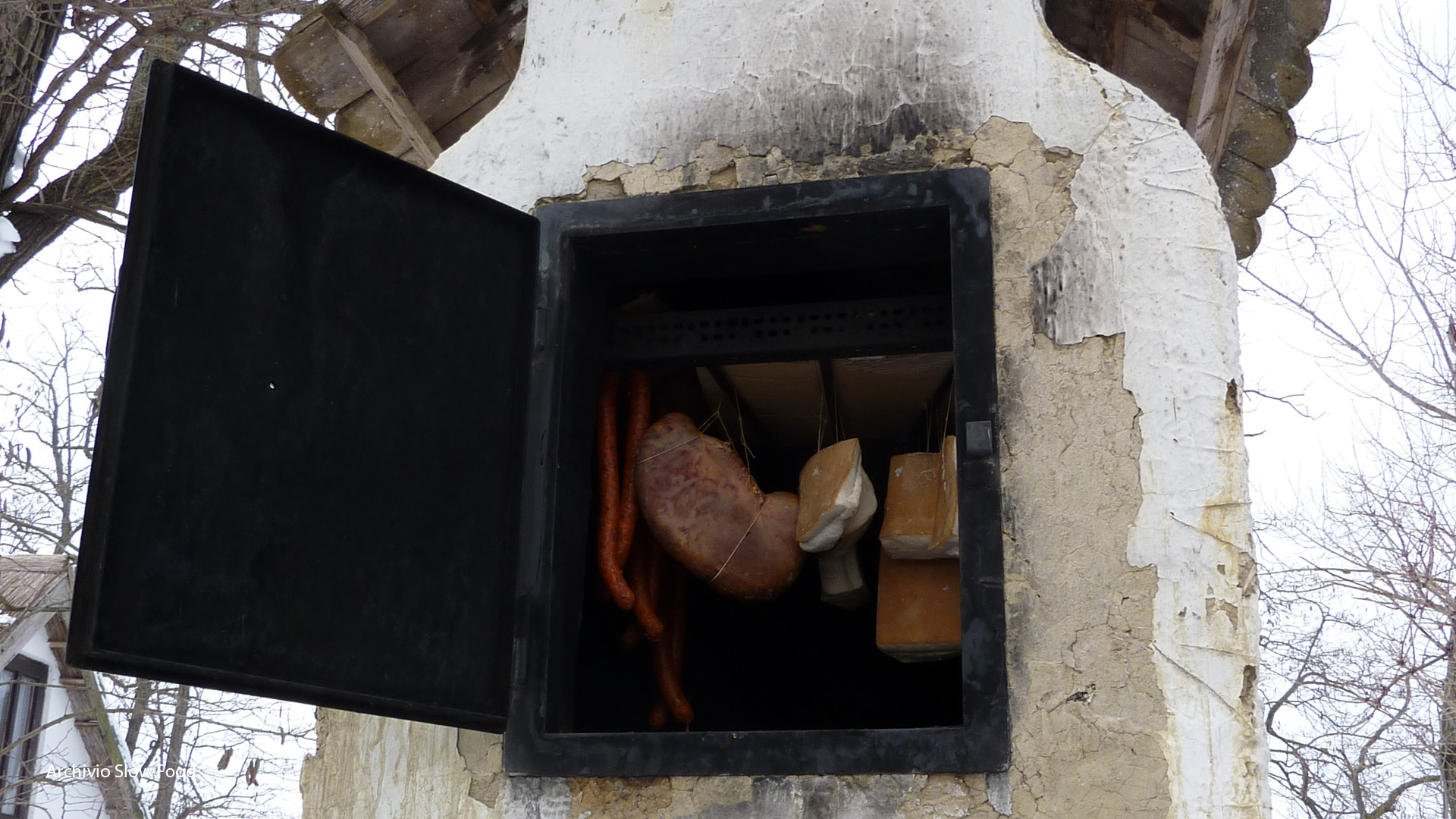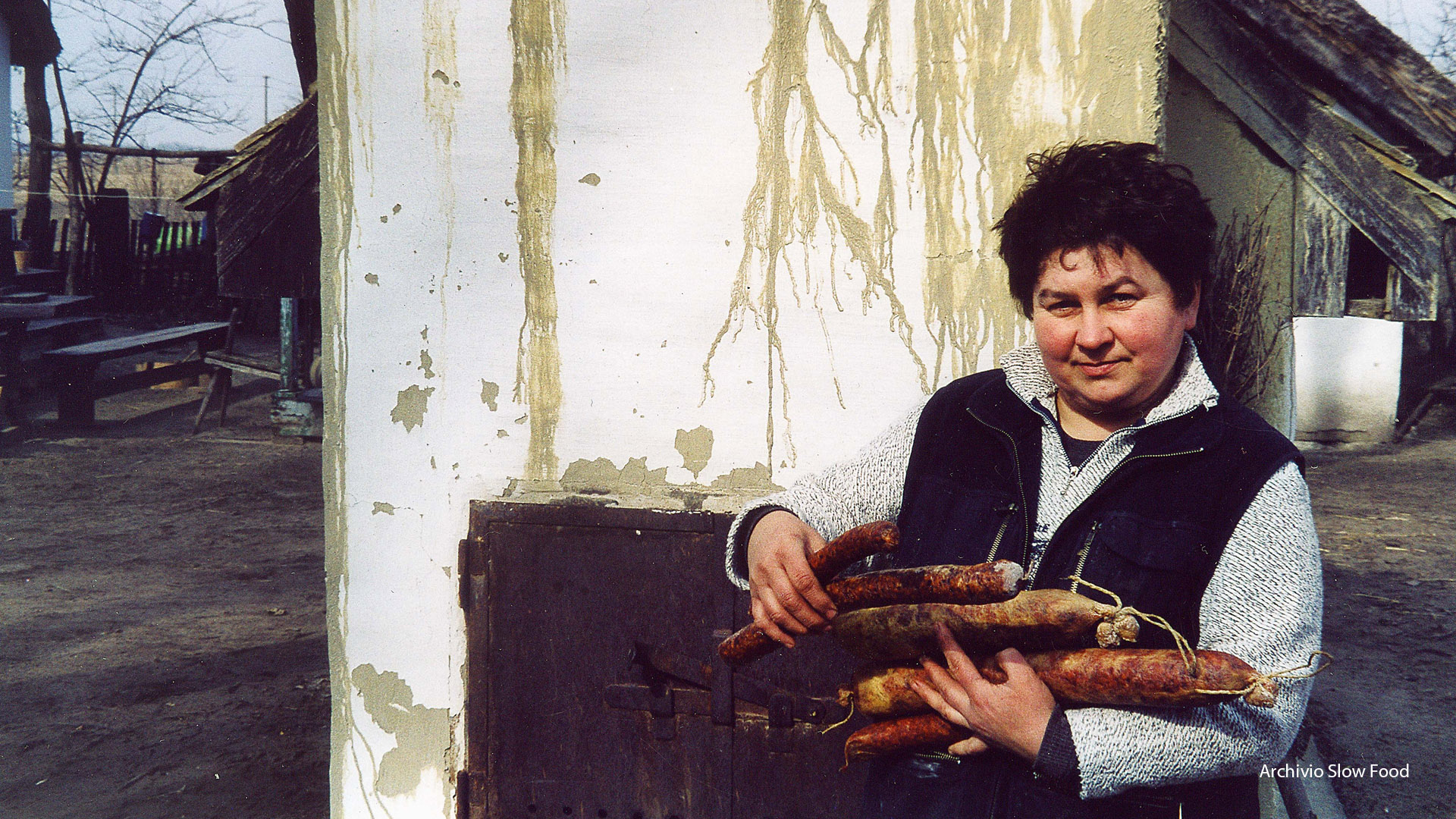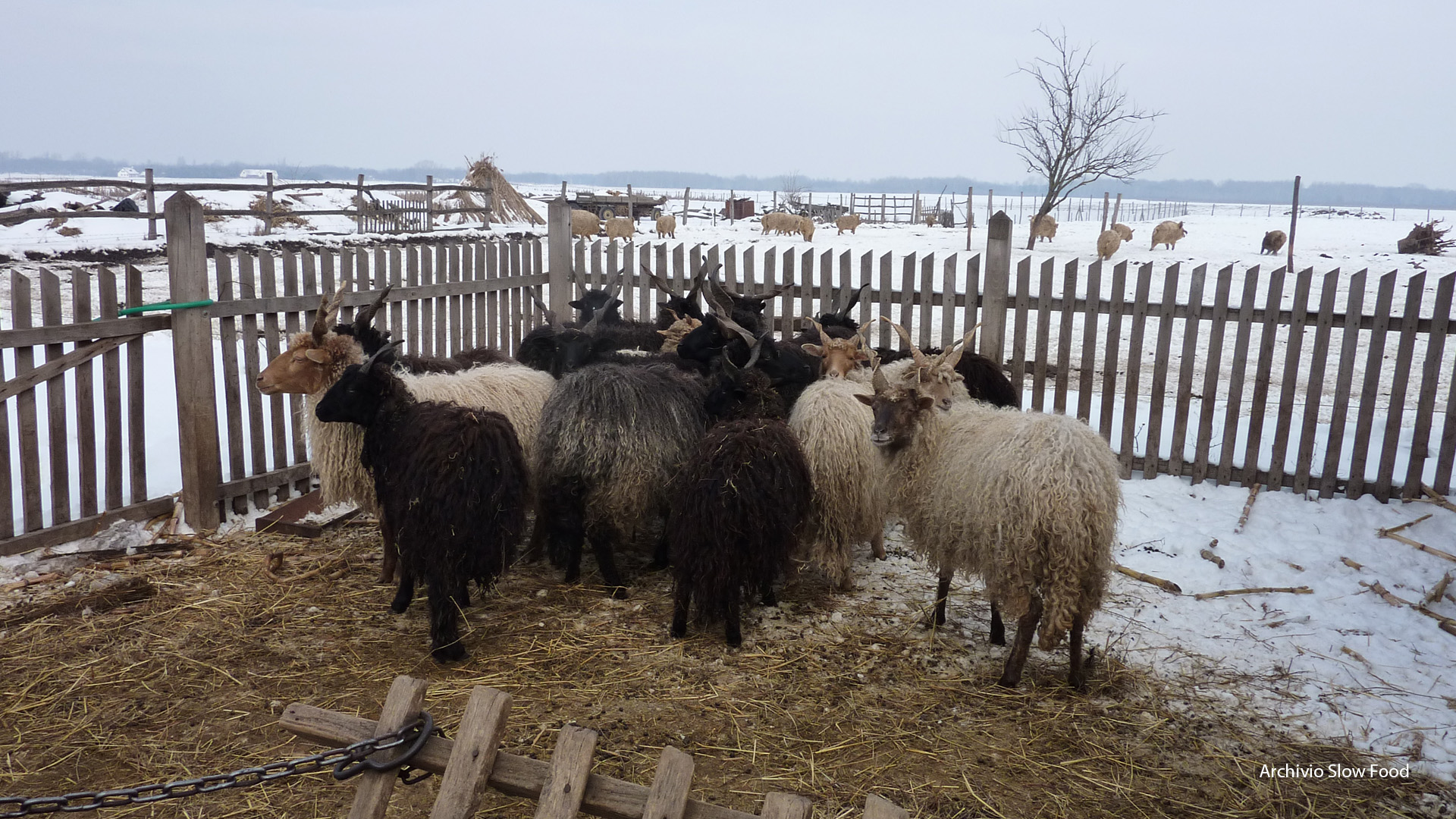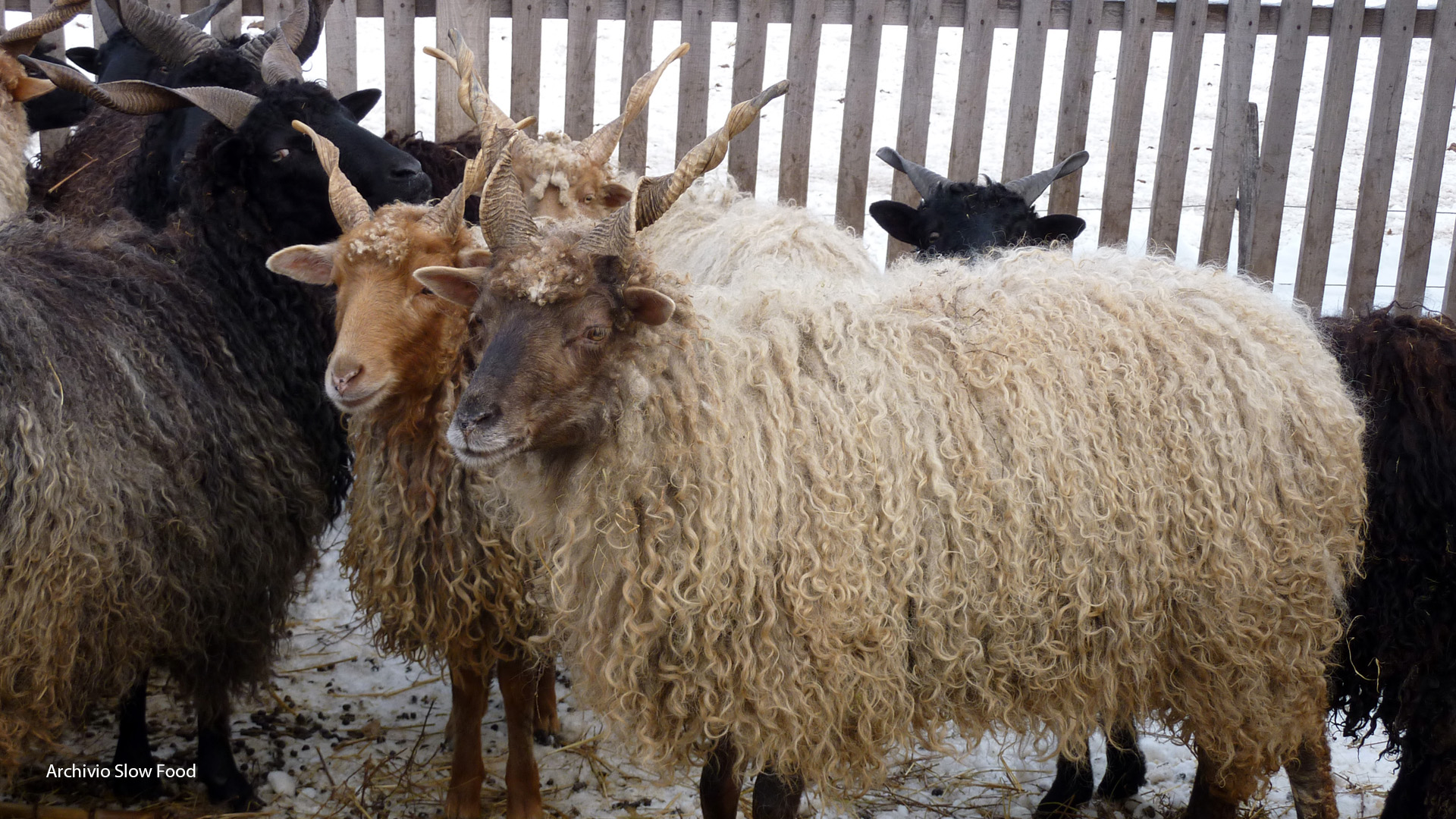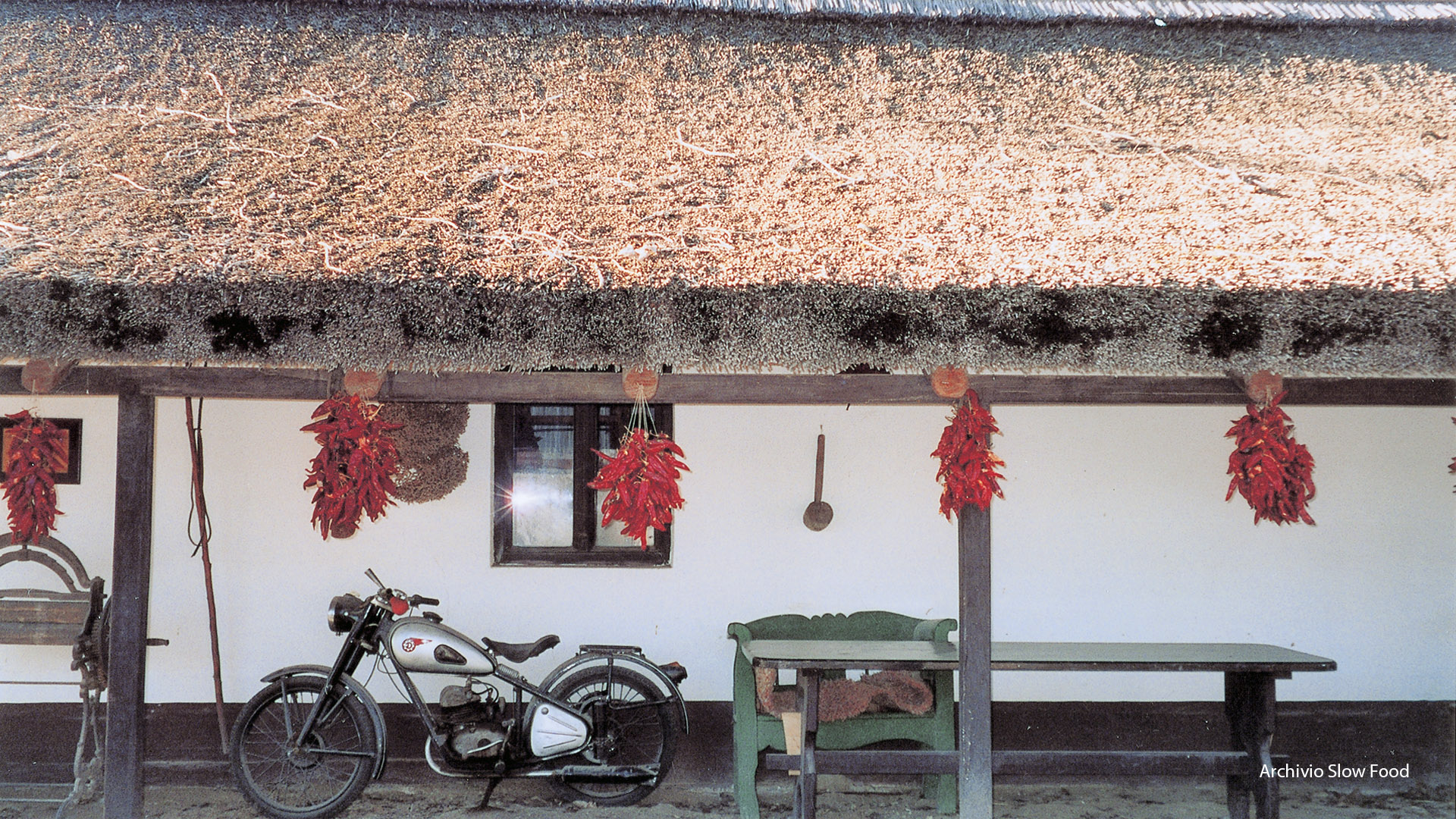Kecskemét
In the “orchard of Hungary,” traditions are receptive to diverse influences
Kecskemét is generally known as the “orchard of Hungary” because its sandy soils are excellent for the cultivation of fruit trees, especially apricots (in fact, orchards help to bind the soil and keep the sands from blowing away) . Over time, the growth of gardening, viticulture, and fruit production all lead to the improvement of the city. In addition to fruit and vegetable production, livestock breeding (focused on animals such as horses, cattle, and sheep) on the plains around Kecskemét has been going on for over 1,000 years.
By the late 18th to early 19th century, the Hankovszky apricot variety of the Great Hungarian Plain was spread throughout much of Europe and a pomological dictionary referred to it as “the best Hungarian apricot.” The high number of sunny hours and the cool nights of the region where this apricot originated give the fruit its distinctive flavor. The trees do not like acid soil but they can tolerate frost very well.
The apricots grown around Kecskemét are perhaps the juiciest and most delicious in all of Europe. The local people realized long ago that, in addition to making jam, excellent pálinka (brandy) could be distilled from the fruits. The apricot pálinka from Kecskemét is a world-famous Hungarian product and one of the peak achievements of Hungarian rural society and agriculture. During his visit to Hungary in 1935, Edward, Prince of Wales, praised Kecskemét’s apricot pálinka, saying, “Pálinka with soda is better than whisky, tea is tastier with pálinka than with rum.”
Hungarian folk gastronomy is tradition bound but also receptive to outside influences, and the Kecskemét’s food culture is no exception. The region’s GCH has grown out of the diverse culinary legacies of different nationalities and historical periods, from the Italian renaissance to the 150-year period of Turkish rule. There is also variation among the diets of different social groups; the shepherds of the puszta (steppe) have different food traditions from the people living on isolated farmsteads, or tanyák, and the diet of landless workers differs from that of members of the urban middle class.
The festival of Hírös Hét (“famous week”), which has been held annually in Kecskemét since 1934, presents fruits, wines, apricot pálinka, cured meats, and dairy products. A Hungarian folktale refers poetically to the szóló szőlő (“speaking grapes”), csengő barack (“jingling apricot”), and mosolygó alma (“smiling apple”) available at this festival.
bográcsgulyás (Goulash)
Bográcsgulyás is the traditional stew eaten by Hungarian shepherds. Traditionally, cooked seasoned meat was dried in the sun and then packed into bags made from sheeps’ stomachs, needing only the addition of water to make it into a meal. This stew is one of the national dishes of Hungary and a symbol of the country.

Mangalica Pig
The Mangalica pig breed was once found across Hungary and in bordering countries. These corpulent pigs grows very slowly and cannot be kept in closed quarters. They are therefore poorly suited to modern industrial pig farms and have been gradually replaced with modern breeds. After almost disappearing completely, the breed was rediscovered in the late 1990s and has become popular thanks to its excellent meat, characterized by an abundance fat that is rich in good cholesterol.
The pig is distinguished by its thick, curly fur, which is usually blond, sometimes black, and occasionally red. On the Hungarian plains, farmers raise Mangalica pigs in free-range systems. The pigs graze on wild pastures and their diet is supplemented with potatoes and pumpkins produced by the farmers.
The flavorful Mangalica pork can be braised slowly in the oven or cooked in stock. Mangalica breeders also cure their own smoked hams and sausages according to traditional techniques. The most traditional sausage type is packed in the pig’s duodenum. The meat is minced finely with the animal’s lard using an electric grinder, and seasoned with salt, pepper, sweet paprika, and other spices, depending on the producer’s particular recipe. The sausages are stuffed into casings by hand and cold-smoked over an acacia- or oak-wood fire and then left to age, ideally for at least 2-3 months. The sweet paprika used to season the sausage gives the final product a natural sweetness and a vibrant red color (www.slowfood.com).

